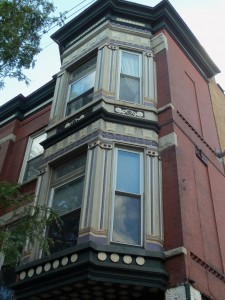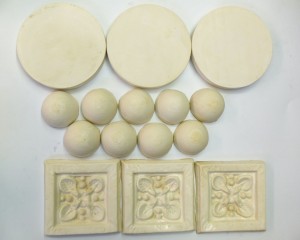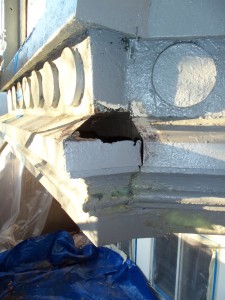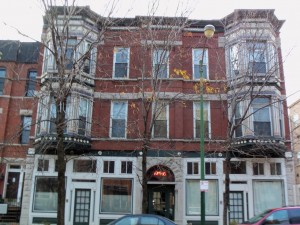As Chicago area specialists in historical restoration, we were called this week, by the new owner of an Oak Park, 120-year-old, 4-color Painted Lady, to inspect the property for any painting restoration needs it might have. The owner was being proactive in protecting the value of his investment and being a good custodian for his piece of Chicago history.
and expensive paint job many years ago. From a cursory inspection, the paint job looked fine – there were no signs of peeling paint on the house. However, a closer inspection revealed failing caulk issues, as well as rotting wood in some areas. The issues were mainly confined the front porch area.
In an old house (or any house), the most vulnerable areas are the window sills, the lower part of the casement molding which meets the sill and porches. Trouble begins when the caulk starts to fail, creating an entry point for moisture to infiltrate and begin the rotting process. It may take a while for the paint to fail, but the problem keeps on growing and becomes more and more expensive to correct, especially if the owner waits for the whole house to need a complete paint job.
In the case of Victorian houses, especially the painted lady versions, the problem is compounded. The previous owner of this house exemplifies the predicament owners of Victorian Painted Ladies find themselves in. Painted Lady porches have a lot of detail to them. Because it is expensive to do such a paint job on a porch and because owners are most commonly only thinking in terms of a complete repaint, the problem shown in the second picture does not get rectified early enough and the wood continues to rot. From the time the caulk starts to fail, it may take 3 years for the wood to deteriorate to this point.
The good news for the new owner is that that rotting porch area can be restored with epoxy and made sound again. Good thinking on the part of the new owner of this old Victorian house. That kind of thinking saves money and preserves antique wood surfaces.







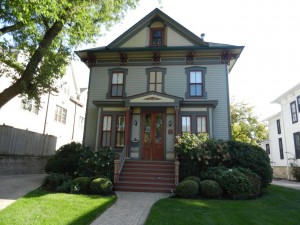
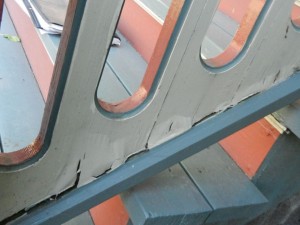
 Follow
Follow

